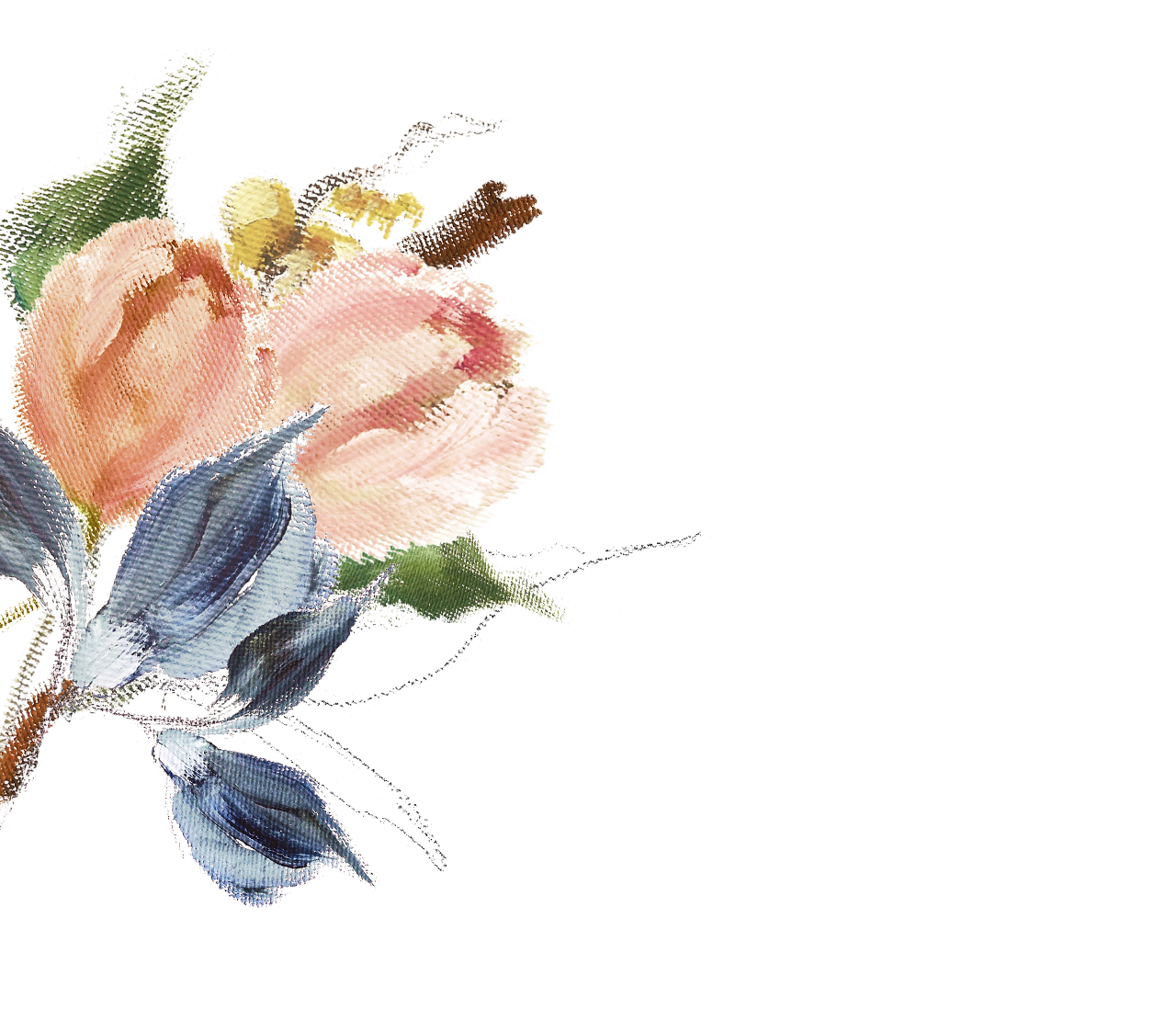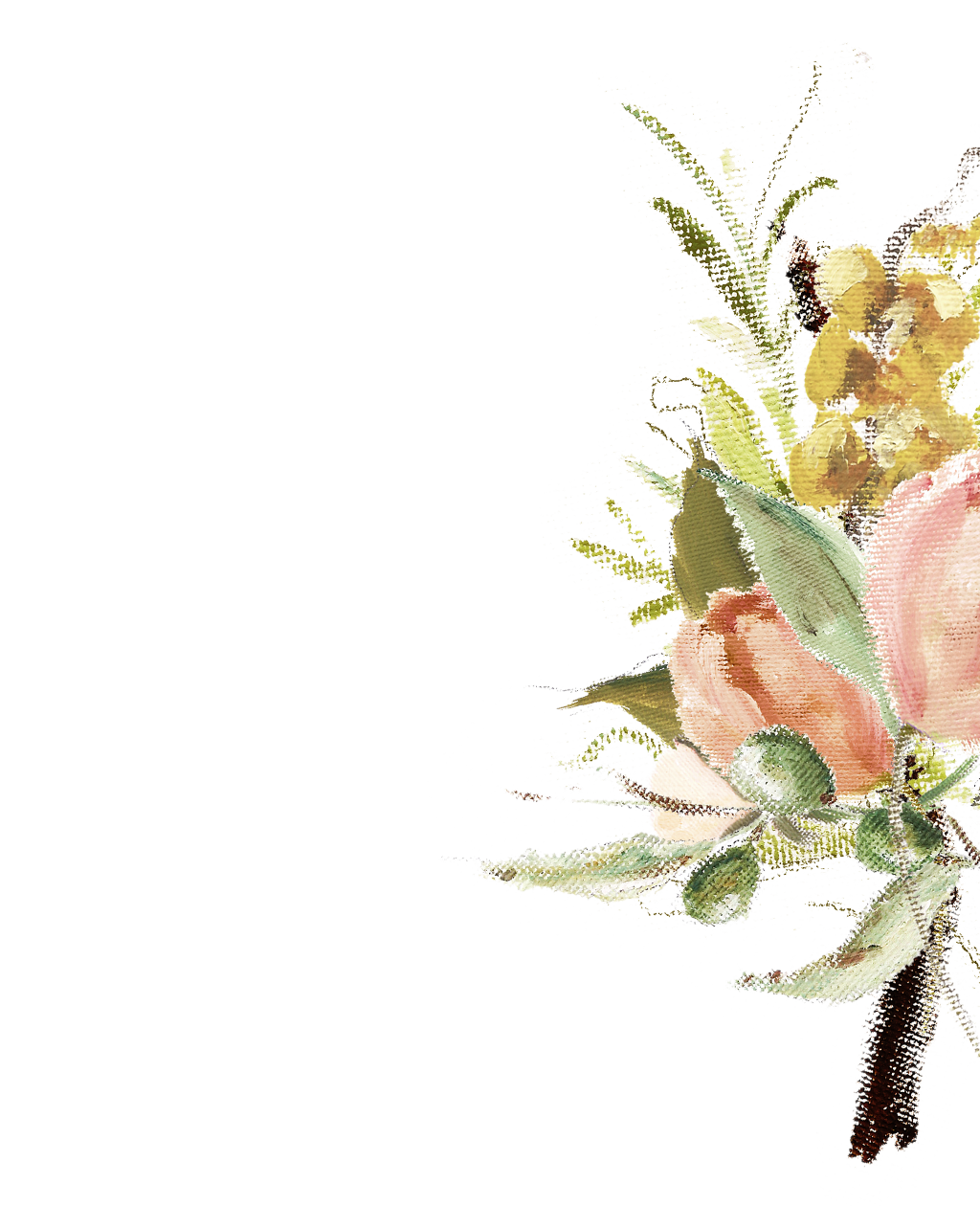Mary Meg & William


Things To Do
Trento
Things to see: _ Castel del Buonconsiglio. in the center of Trento, definitely worth a visit. Medieval castle with frescoes (10€) _ Duomo di San Vigilio. Main church in Trento _ Historic center. Full of old buildings, bars and cafes, it is perfect for a walk. In the main piazza you can visit: the Civic Tower and Palazzo Pretorio (built in the 1220) with the treasury museum of the cathedral _ Palazzo Rocca Bruna, noble house from the 1500s, today a provincial wine shop where you can taste local wines and products
Milan
Things to see: - Duomo Cathedral. It is the biggest church in Italy, and the third in the world. You can also go to the Duomo Rooftop Terrace and have a view on the city. - Galleria Vittorio Emanuele: one of the first shopping galleries. - La Scala Theatre. Built in the 1778, it is one of the most important theaters in the World. - Castello Sforzesco. It’s a medieval castle that hosts museums with artifacts by Michelangelo and Leonardo. - The last supper: the most famous mural painting by Leonardo da Vinci. Tickets must be purchased in advance at the following link https://cenacolovinciano.vivaticket.it - Brera district: historical artists’ district, also hosting the Brera Academy of Fine Arts and the Brera Art Gallery. - Basilica of San Lorenzo in Colonne. It’s the church that inspired Bramante for the construction of St. Peter in Rome. - Basilica of Sant’Ambrogio, built in 379 AD, it is a magnificent example of the Romanesque Italian style
Verona
From Trento: 1h by train or car From Milan: 2h by car, 1-1.5h by train Things to see: _ Piazza Bra and the Arena: one of the best conserved amphitheaters from the Roman Empire. Absolutely worth a visit. (10€) _ Juliet’s balcony: from the Shakespeare story Romeo and Juliet. Famous worldwide it is mostly a touristic trap (6€) _ Basilica di San Zeno: one of the most important Romanic churches in Italy. _ Historic center: like almost all cities in Italy, Verona is worth a walk in its historic center, full of old buildings, churches, restaurants and picturesque corners _ Bridges: Like Florence and Rome, Verona sits on a river and is rich in bridges. All bridges in Verona were re-built after nazis blew them up during WWII
Bergamo
William's province From Trento: 3h by train (with change in Verona and Milan), 2h by car From Milan: 1h by train or car Italian Capital of Culture in 2023 Things to see _ Città Alta: the historic center, surrounded by city walls (UNESCO heritage site). It can be reached with the oldest funicular in Italy or on foot. _ Piazza Vecchia. The center of Città Alta, the medieval essence of the city with small alley, piazzas and ancient buildings. Visiting the Campanone (Civic Tower, XI century) gives a bird-eye view of the city _Cappella Colleoni and Basilica di St. Maria: the latter is the old church of the city, Cappella Colleoni a refined chapel decorated with late Renaissance taste. _ Accademia Carrara: the art gallery of the city _ La Rocca: the castle of Bergamo. The is often closed to tourists. This is where William proposed to Mary Meg. _ Colle San Vigilio: it’s the first castle of Bergamo, with an amazing view on the city. You can reach it either on foot or with a funicular
Padova (Padua)
From Trento: 2h by car or train (with train change in Verona) From Milan: 2h by train, 2-3h by car Things to see: _ Scrovegni Chapel: UNESCO heritage site, it has among the most important frescos in the World. Booking online ahead of time is required to visit. (13€) _ Pontifical Basilica of Saint Anthony of Padua: UNESCO heritage site together with the Scrovegni Chapel. _ Palazzo della Ragione: the most important building in Padova, also UNESCO heritage site. _ Prato della Valle: one of the biggest piazzas in the World _ Caffè Pedrocchi: Founded in the 18th century, it’s an historic café that hosted the French novelist Stendhal, Lord Byron and the Italian writer Dario Fo _ Church of the Eremitani: Gothic Church with frescos by Andrea Mantegna, one of the most important Renaissance painters
Mantova (Mantua)
From Trento: 2h by car or train (with train change in Verona) From Milan: 2h by car or train Things to see: _ Palazzo ducale and Castello di San Giorgio: 6th biggest palace in Europe, home of the noble family Gonzaga. It includes several sites worth a visit such as the archeological museum, Corte Nuova and the most famous “camera degli sposi”--the most important artwork in Mantova and the most famous fresco by Mantegna. _ Palazzo Te: palace from the late renaissance, it is now home of the civic museum. One of its most iconic rooms is the “Camera dei Giganti” (12€) _ Rotonda di San Lorenzo: the oldest church in Mantova, Inspired by the Holy Sepulchre church in Jerusalem _ Basilica di Sant’Andrea: church from the 15th century, it was designed by Leon Battista Alberti, one of the most important Italian Renaissance figure. It includes paintings by Mantegna and Correggio
Venezia (Venice)
From Trento: 2-3h by car or train (with train change in Verona) From Milan: 3h by car, 2.5h by train Things to do: _ Piazza San Marco. One of the most renowned place in Venice. Here you will find St Mark's Basilica and Doge's Palace (“Palazzo ducale”, 25€, if you need to pick one thing to visit in Venice, go here! Definitely worth a visit). _ Bridges: the most famous is Ponte di Rialto but Venice is filled with bridges, hidden corners and stunning alleys. I suggest to step away from the crowd and explore Venice by walking on the side streets. You will be surprised at how some of the most beautiful areas are often left out of the main touristic path. _ Gallerie dell’accademia: they host the biggest collection of venetian art (12€) _ Murano: small island right outside Venice. Known for the blown glass, it can be reached with boat taxis. On the island you will be able to visit artisanal shops that show how to work the glass in the traditional way
Brescia
From Trento: 2h by train (with train change in Verona) or 1.5-2h by car From Milan: 1.5h by car or 40 minutes by train Italian Capital of Culture in 2023 (together with Bergamo) Things to see: _ Piazza della Loggia: in the center of Brescia, it is one of the most iconic places in town with the Palazzo della Loggia, the astronomic clock tower and many bars and restaurant. _ Piazza Paolo VI (Piazza del Duomo): The two main cathedrals, the new and the old cathedral, are in this piazza. _ Tempio Capitolino (Capitolium of Brixia): UNESCO heritage site, together with theater and the roman forum it constitutes the most important roman archeological complex in north of Italy. _ The castle: it hosts museums, such as the arms museum, and over the summer hosts various events and medieval reenactments. It can be visited without entering museums _ Santa Giulia Museum: UNESCO heritage site. Extended for 3.5 acres, it shows the history of Brescia from its foundation, focusing on the Roman ruins.